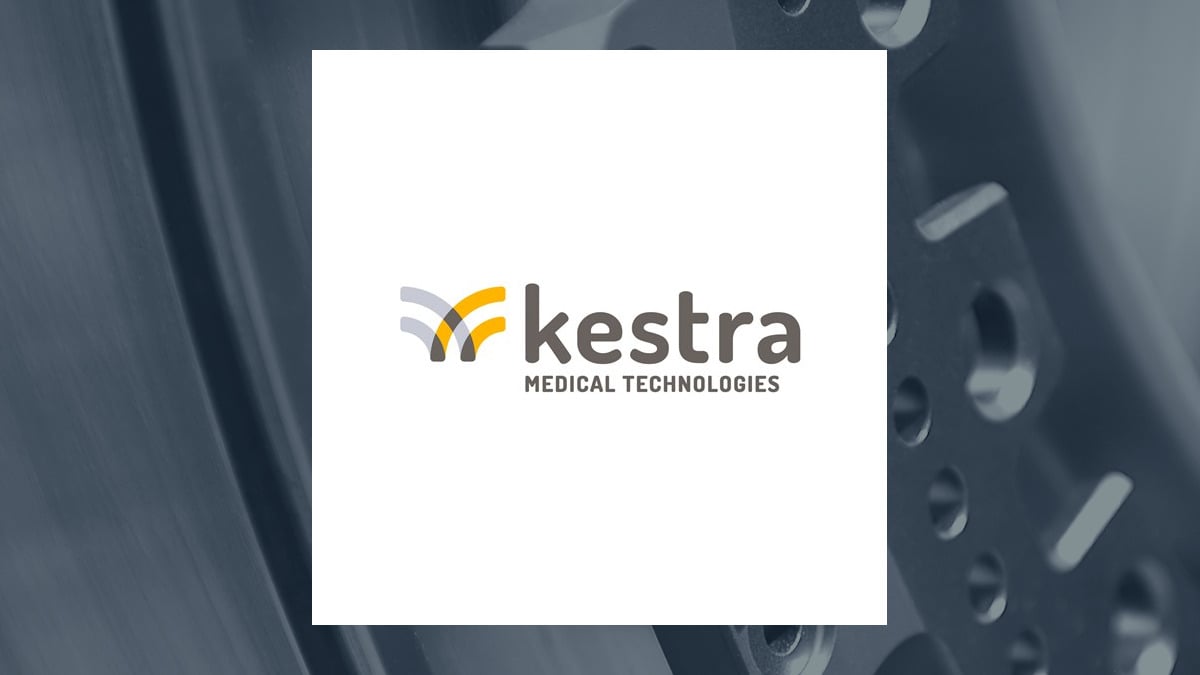Kestra Medical Technologies (NASDAQ:KMTS) is navigating a competitive landscape in the “MED PRODUCTS” industry, which comprises 143 publicly traded companies. An analysis comparing Kestra with its rivals reveals that it is facing significant challenges in several key areas, including analyst recommendations, profitability, and institutional ownership.
Currently, Kestra Medical has a consensus target price of $27.33, suggesting a potential upside of 9.25%. In contrast, the broader group of MED PRODUCTS companies boasts a potential upside of 41.16%, indicating that analysts perceive less favorable growth prospects for Kestra compared to its competitors.
Profitability and Valuation
A closer look at financial metrics shows that Kestra Medical’s rivals outperform it in terms of revenue and earnings per share (EPS). Moreover, Kestra trades at a lower price-to-earnings ratio, suggesting it is currently more affordable than other industry players. Institutional ownership is another area where Kestra lags; while 44.7% of shares across the MED PRODUCTS sector are held by institutional investors, only 3.6% of Kestra’s shares are owned by insiders, compared to 12.0% for its competitors. This disparity may indicate that major investors are less confident in Kestra’s long-term growth potential.
Company Profile and Innovations
Founded in Kirkland, Washington, Kestra Medical Technologies is focused on transforming patient outcomes in cardiovascular disease through its innovative wearable medical devices and digital healthcare solutions. The company has developed the Cardiac Recovery System, featuring the ASSURE WCD, a next-generation wearable cardioverter defibrillator designed to protect patients at risk of sudden cardiac arrest (SCA). This condition accounts for nearly 50% of all cardiovascular deaths in the United States, according to the American Heart Association.
The ASSURE WCD continuously monitors patients and can deliver defibrillation shocks to restore normal heart rhythm. It was engineered to enhance comfort and compliance, addressing common issues faced by patients using previous devices. As of January 31, 2025, the system is prescribed in over 550 hospitals across the U.S., representing approximately 20% of all WCD prescriptions.
The market for WCDs has expanded significantly since the first device received FDA approval in July 2021. Global revenues for WCDs reached $1.3 billion in 2023, with the U.S. market accounting for about 85% of this total. The annual growth rate of WCD prescriptions has been around 6% from 2021 to 2023, and the company anticipates continued revenue growth.
Kestra estimates that approximately 800,000 cardiac patients in the U.S. are eligible for WCD therapy each year, with a potential annual market size of $10 billion. In international markets, an estimated 1.8 million patients may also qualify, representing an additional market opportunity of $14 billion.
Competitive Advantages and Future Growth
The ASSURE WCD stands out due to its design and functionality. It has demonstrated significant clinical advantages, including a first shock conversion efficacy rate of approximately 96% and a low false alarm rate of 6%, compared to 46% for competing devices. These statistics support the potential for greater patient compliance and adoption of Kestra’s technology.
Kestra Medical is also investing in infrastructure to support its growth. The company has established a dedicated sales team of around 70 representatives and more than 40 sales and clinical support professionals. This team is tasked with developing business plans and managing prescriptions for the ASSURE WCD.
To enhance operational efficiency, the company employs a lease model for its devices, which allows for reprocessing and reintroduction into the distribution network. This approach, along with streamlined revenue cycle management, positions Kestra to improve its market share and operational effectiveness.
In summary, while Kestra Medical Technologies faces stiff competition in the medical products sector, its innovative approach to cardiac care through the ASSURE WCD and significant investment in growth infrastructure could pave the way for future success. As the company continues to build clinical evidence and enhance its offerings, it remains to be seen how it will fare against its rivals in the evolving healthcare landscape.







